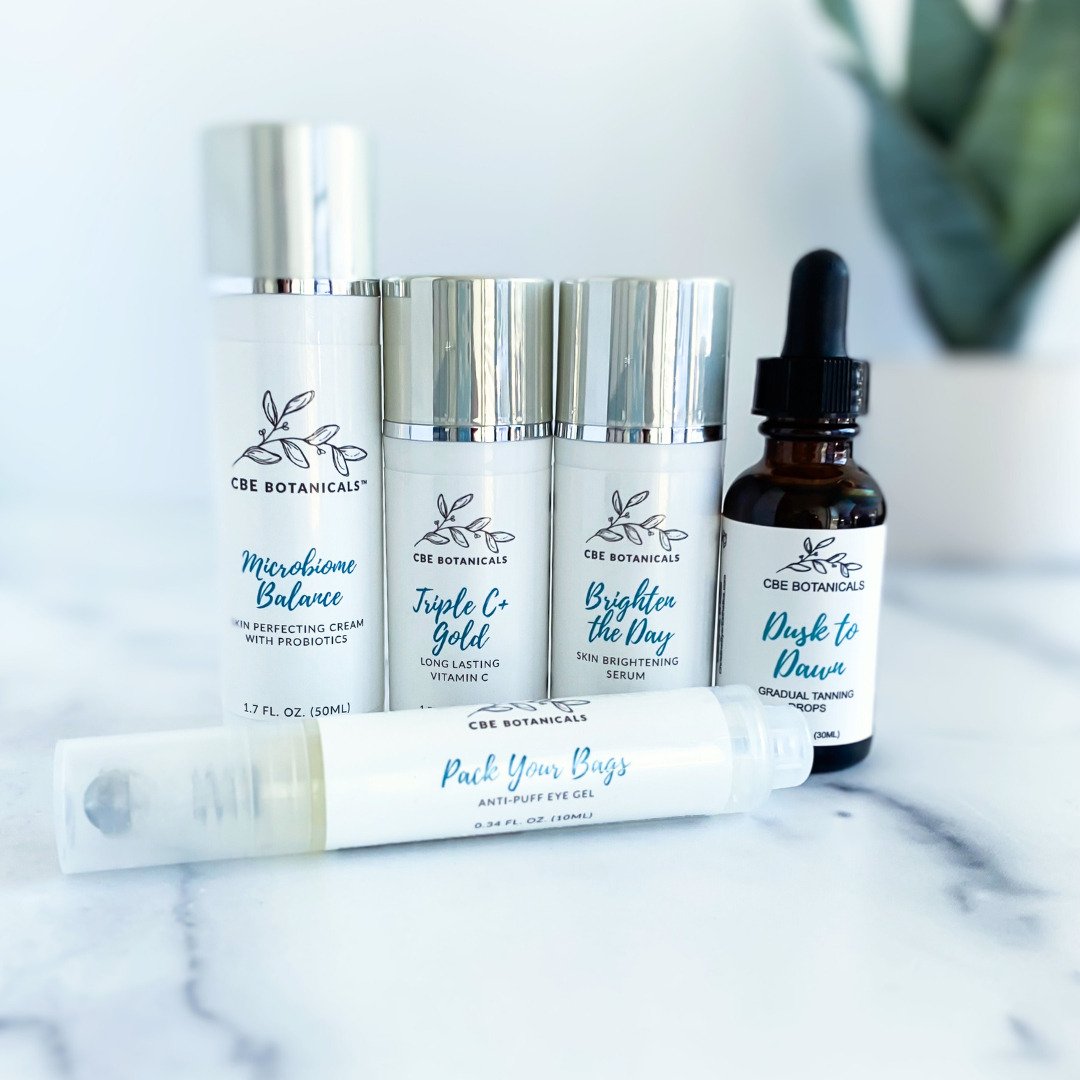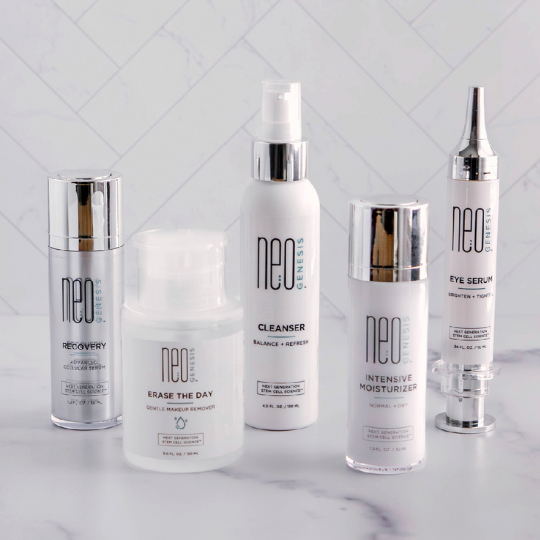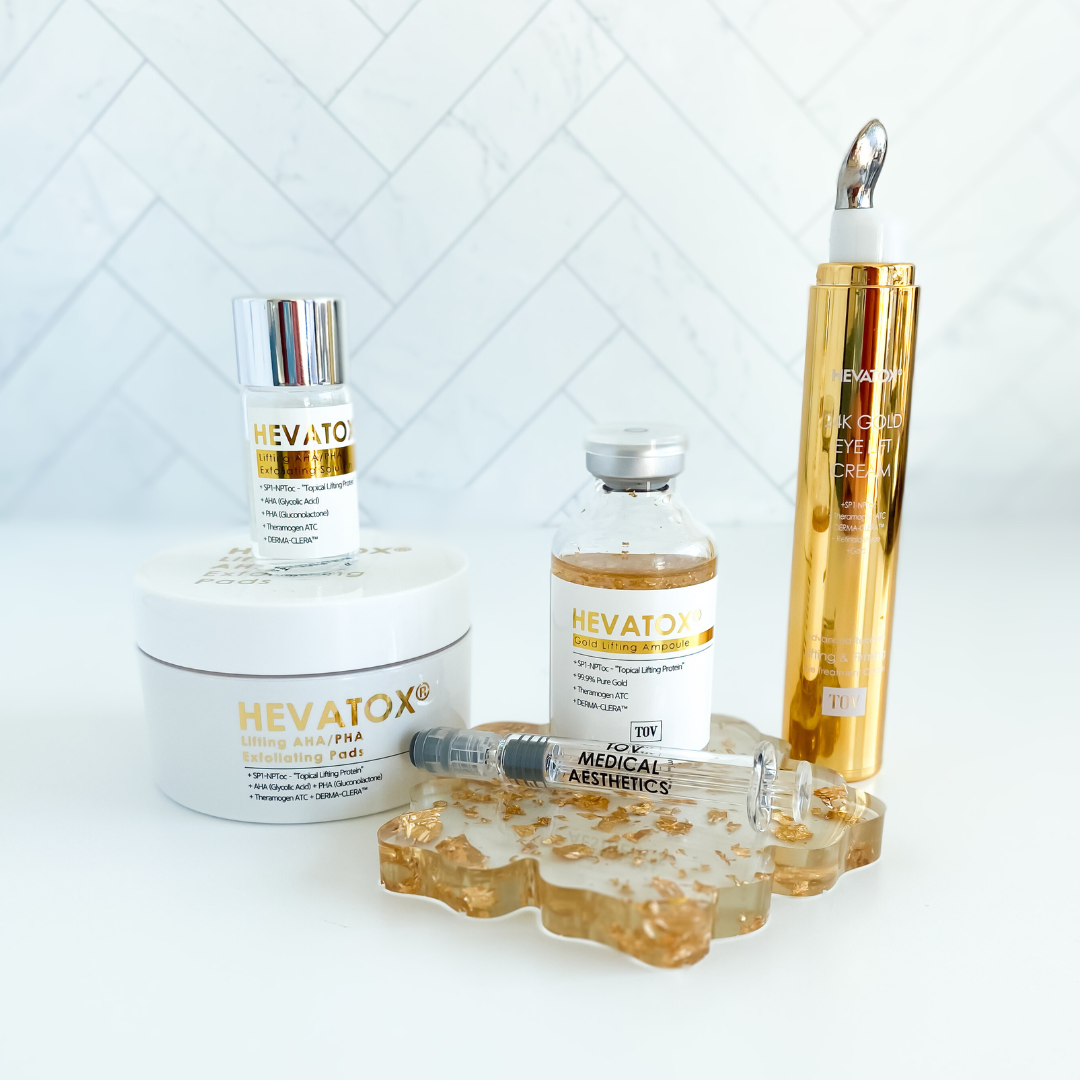Your skin is made up of three layers:
- Epidermis
- Dermis
- Subcutaneous Layer
The Epidermis is the thin outer protective layer, and consists of epithelial tissue in where rows of cells resemble bricks in a wall, with new cells produced at the base.
The Dermis is just beneath and contains connective tissue, small blood vessels, sweat and oil glands, nerves, and cells that produce collagen, called fibroblasts. Scientists formerly thought that fibroblasts were little more than scaffolding on which more important cells would climb. But University of Rochester Medical Center scientists have discovered that certain fibroblasts have highly specialized duties and play a major role in how scars form, fat accumulates, and harmful inflammation arises in humans. They also appear to be metabolically active. Two fibers, collagen and elastin, weave through the dermis, giving skin flexibility and firmness.
The Subcutaneous Layer is beneath the dermis and consists mainly of a type of connective tissue called adipose tissue. Adipose tissue is more commonly known as fat and it helps cushion the skin and provide protection from cold temperatures.
With aging, all skin cells begin to produce excess amounts of free radicals–unstable oxygen molecules that, under ideal circumstances, are removed by naturally occurring antioxidants within the skin’s cells. In aging skin cells, antioxidants are in short supply. The free radicals generated are left unchecked and cause damage to cell membranes, proteins, and DNA. These free radicals eventually break down collagen, and release chemicals that cause inflammation in the skin.
It is a combination of these cellular and molecular events that leads to skin aging and the formation of wrinkles. In simple terms, as we get older, two components of our skin–collagen and elastin–degenerate, setting the stage for the appearance of lines, wrinkles, and folds.
The breakdown of these components, accelerated by such things as exposure to UV rays, gravity, pollution, smoking, lack of exercise, and a poor diet, results in the visible signs of aging on our skin. Years of facial expressions trigger small temporary folds in the skin to form where our muscles move; with age, depleting levels of collagen and weakening elastin fibers develop a memory of each crease. The Epidermis also becomes thinner and the connective tissue weaker.
Combined with the lack of tone in aging facial muscles, the Epidermis begins to sag and droop, while natural folds become unnaturally pronounced by fatty cheeks, neck, and chin. Reduction of blood circulation and restriction of blood vessels also play a part by reducing youthful skin color resulting in a dull grayish color to the face.
===================
Want to get support with your skincare journey? Join us at the Christine Byer Beauty Club. We offer a 14-Day FREE Preview with full access to everything in the Club. Ask Christine questions and have access to savings and the opportunity to win a FREE consultation. If you don’t find value in your membership, cancel within the 14 days at no charge.








